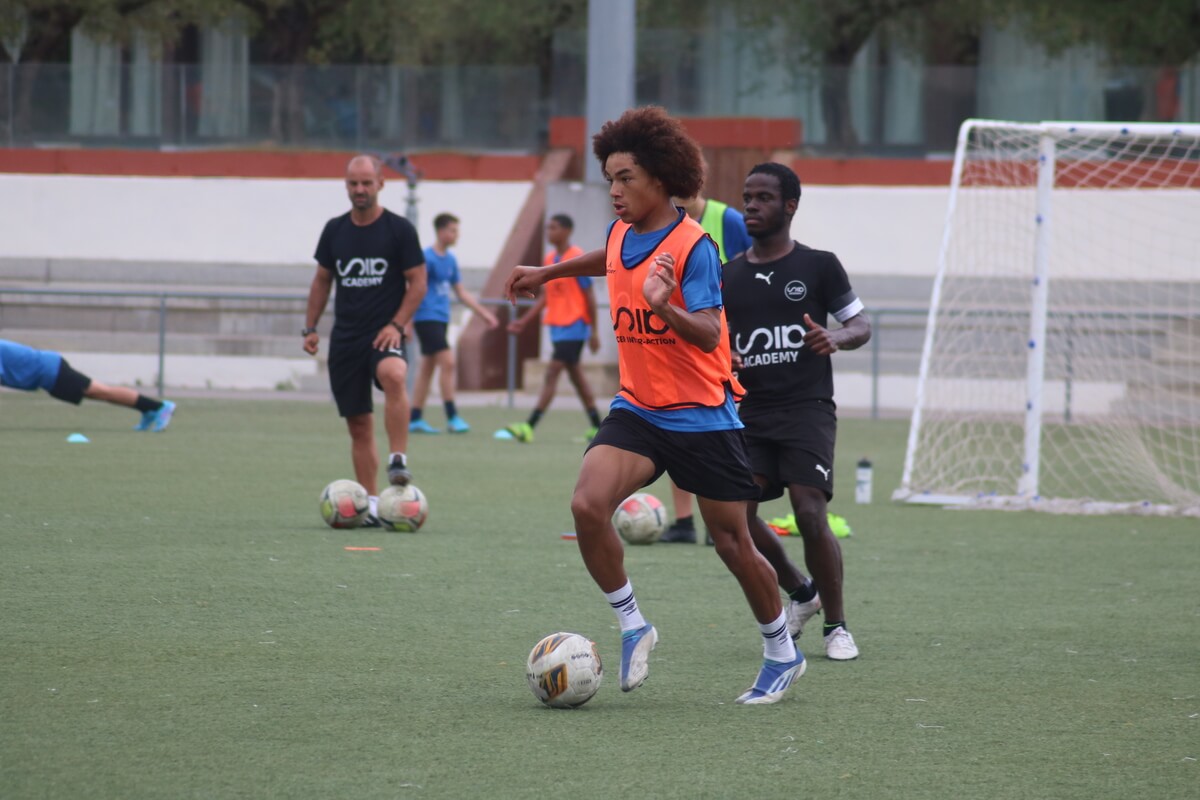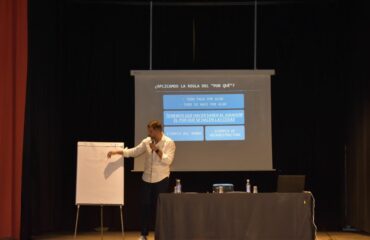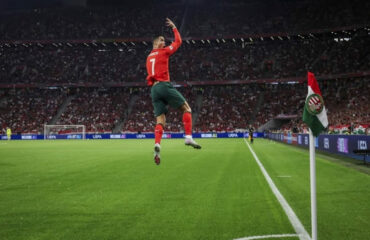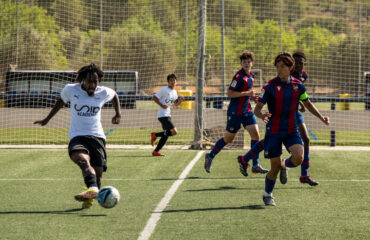Football is one of the most complex sports that can be played, this is because any situation that occurs during a session or match is influenced by numerous factors of different kinds, all of them interrelated in a certain way at each moment and which as a consequence give rise to an observable reality that is always different, variable, unpredictable and subjective.a.
That is why through training we will try to develop the player’s complex thinking, his or her preferred behaviours that seek multidimensional knowledge of phenomena, accepting the impossibility of complete knowledge.
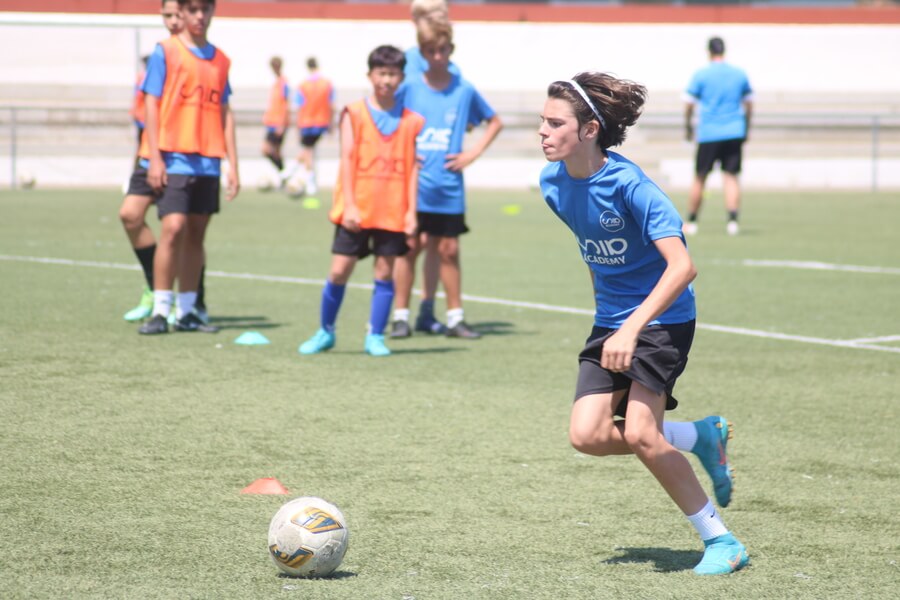
PLANNING MODELS
Based on the latter, it is necessary to create planning models, different from the classical ones, based on Complexity Sciences, Complex Dynamical Systems Theory, Complex Thinking and others.
Unlike individual sports, the main performance factor is the collective performance, with more or less intervention of one or other players at any given moment (Miñano, 2007).
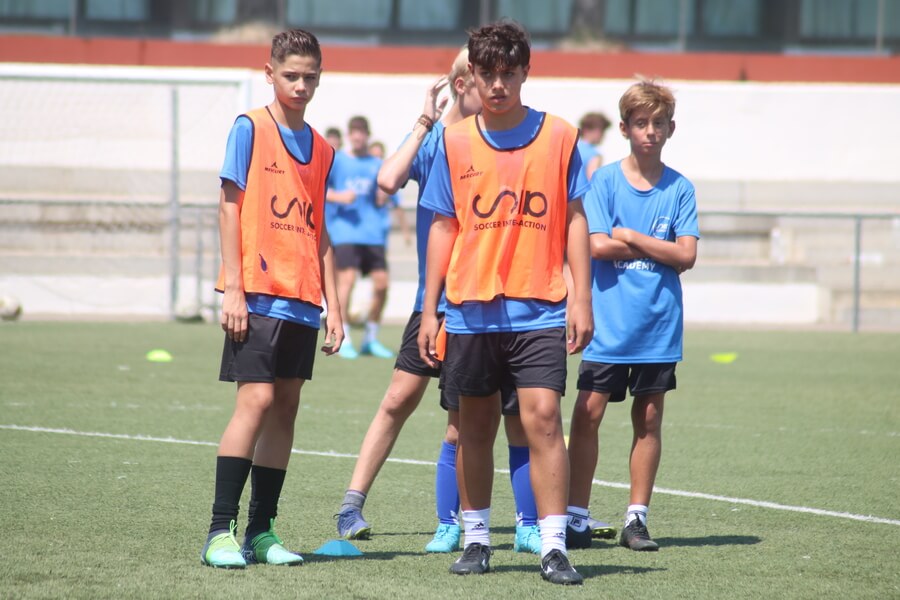
DIFFERENCES BETWEEN MODELS
Systems Theory allows us to address the complexity of the world around us, since all known reality, whatever its dimension, can be conceived as a system, that is, as a set of interacting elements that constitute a whole that is different from the sum of its parts.
Planning responds to the need to organise the contents and objectives of training in order to obtain the best results in the development of the athlete’s abilities.
However, the applicability of the planning models for individual sports is not directly applicable to team sports, because only conditional contents are taken into account in team sports.
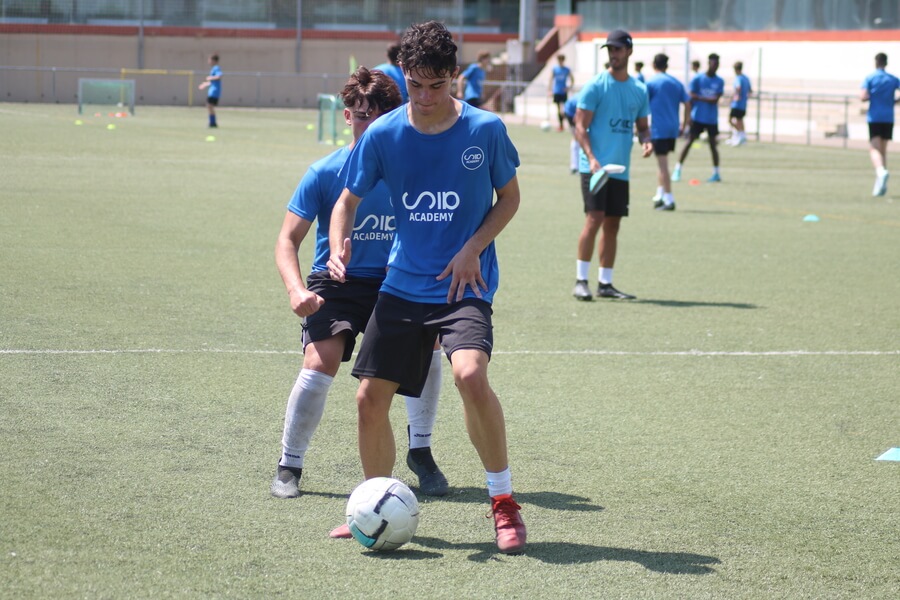
Some current proposals are based on the aforementioned concepts of complexity and systemic thinking, which are much more appropriate to the characteristics of team sports.
From this perspective, planning constitutes the training guide to approach the objectives sought by the team, through the selection, design and organisation of the contents and their application over time, taking into account the surrounding environment. In this sense, it adopts a much more open and flexible form in order to adapt to the changing reality of performance in this sport.
Football consists of the cooperation of 11 football players with different characteristics and roles, who interact simultaneously to achieve the goal of finishing the ball in the opponent’s goal.
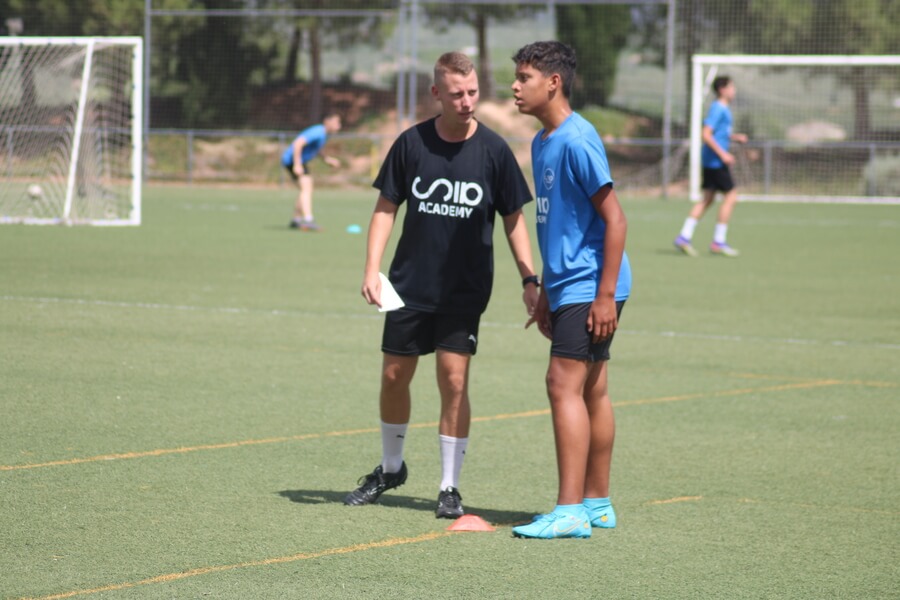
The number of opposing players facing each other at the same time creates an environment of uncertainty that requires the individual and collective intelligence of the players to be able to react and resolve the changing environment in order to achieve the objective.
They refer to the opportunism in executing quick, short movements to win the ball and agile movements to overcome opponents, such as jumping, accelerating, finishing, changing direction, etc.
The game action obliges the player to a continuous perception and complex and differential anticipation of the game situation, a decision making appropriate to the situation and a continuous motor solution endowed with the required precision at the right time. (Seirulo, 1993, quoted by Domínguez, 2001).
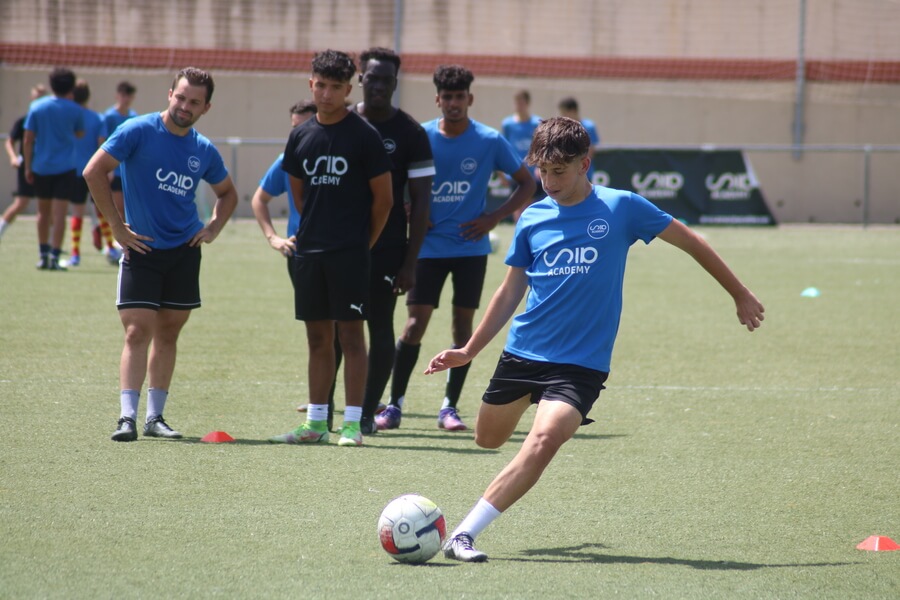
TRAINING AS CLOSE TO THE GAME AS POSSIBLE
In football it is not possible to predict the outcome of all the actions of your players on the pitch, even with good decisions or correct execution, situations created by the other team can turn the game in their favour.
However, it is clear that the closer the player’s training is to the pattern of behaviour that we are going to generate in the football match, the more chances our team will have of outperforming the opponent.
Planning is the theoretical proposal constituted by the description, organisation and design of each and every one of the training events in a given phase of an athlete’s sporting life, as well as the control mechanisms that make it possible to modify these events in order to obtain an increasingly adjusted training process, so that its recipient can achieve the desired results in sporting competition.
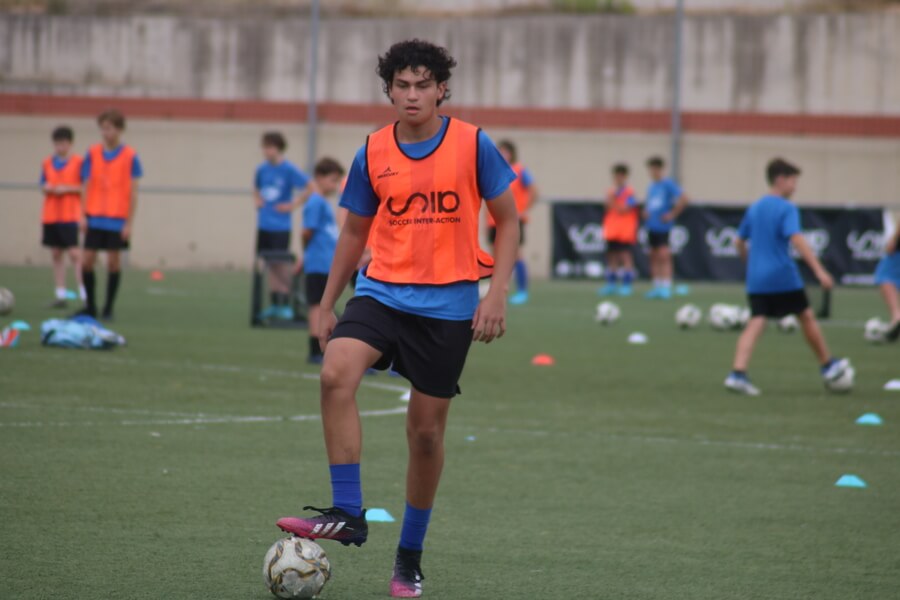
Unlike in competitive individual sports, in football it is not necessary for the player to be at his peak of fitness to be able to perform in competition; that is why planning does not focus exclusively on the acquisition and maintenance of optimal fitness, but rather on the individual athlete and his continuous improvement.
The latter is an important parameter that moves the current trends away from the old planning based on ATR models, which are more suitable for sports where athletes need a peak of fitness during a specific time of the season (such as an Olympics).
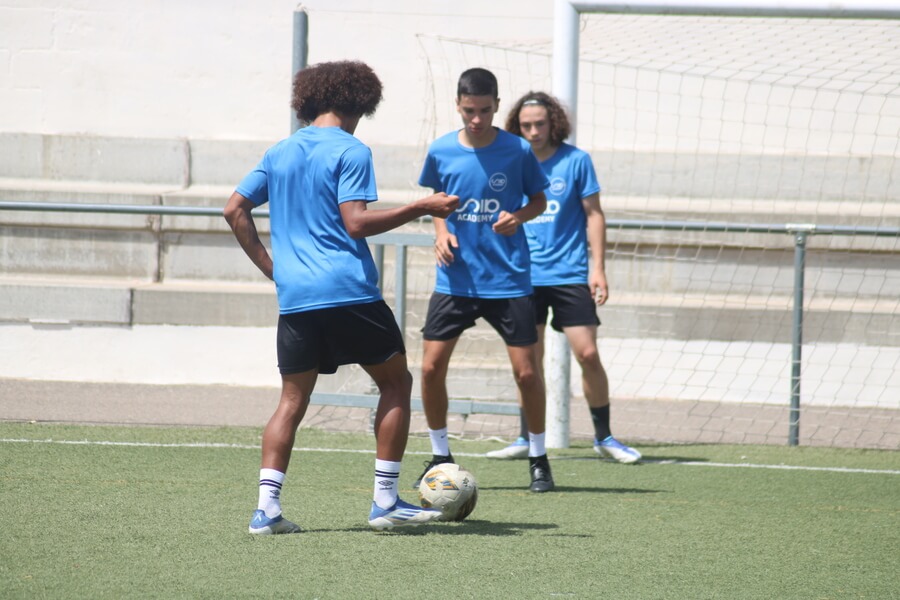
The objective is the improvement and maintenance of all the individual characteristics of the player, conditional and cognitive, in order to reach the optimum state of the group and of the collective game. The final manifestation of the training is given week by week in the performance in competition..
CHANGE OF PERSPECTIVE IN THE MODEL
This change of perspective is fundamental to make a specific planning for team sports, since it is not, as it happens in individual sports, to build it only with the subjective criterion of how the coach sees the sport, but, on the contrary, to do it taking into account the optimisation needs of the athlete in relation to his own conception of the competitive game.
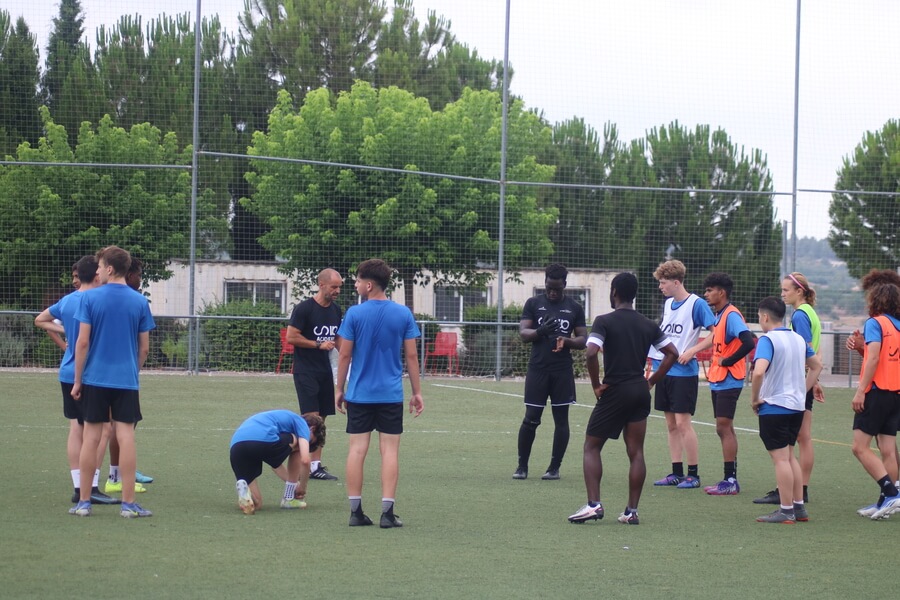
The coach, with his knowledge and experience, must adapt the training to the changing characteristics of his players, as well as to those of the opponents in the championship and to the unchanging characteristics of football.
Therefore, it is not planned according to a predetermined model, there are no recipes for success because, however complete it may be, the variables that influence training are so many that only the coaching staff who live with the team on a day-to-day basis can plan and adapt according to events.



